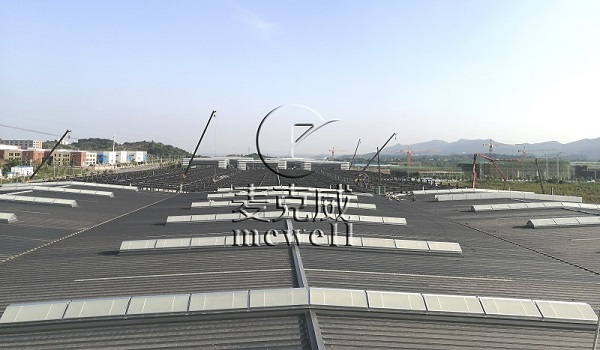- info@mcwell.cc
- +86 13881905158
- Quick Enquiry
The selection of roof vents for ventilation of industrial plants should be based on the ventilation and lighting requirements of the building, and the specifications and models of the natural vent should be determined according to factors such as local climatic conditions, dominant wind direction, building height, temperature difference between inlet and outlet air, and ventilation.
Natural roof ventilation is more suitable for buildings with a roof slope of 2%-10%. Due to the waterproof requirements of smoke vent skylights, the design of waterproof nodes inside factory and roof flooding nodes is very important. The national standard atlas 11CJ33 "Daylighting Natural Ventilator", Mcwell is the first manufacturer to propose the application of
full-structure waterproofing for roof smoke ventilator. Users are recommended to use full-structure waterproofing Roof ventilation skylights.
The traditional waterproof technology of natural vent uses silica gel and tape to seal the leaks. The disadvantages of chemical products such as silica gel and tape are that they are prone to ageing and cracking. The smoke ventilator is directly exposed to the sun and wind for a long time and there is a hidden danger of leakage. The full-structure waterproofing uses metal special components for waterproofing, and the service life is equivalent to the material used for the ventilation skylight. It does not leak once and does not leak water at the end.

